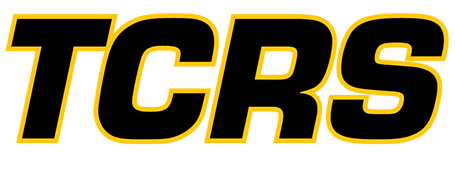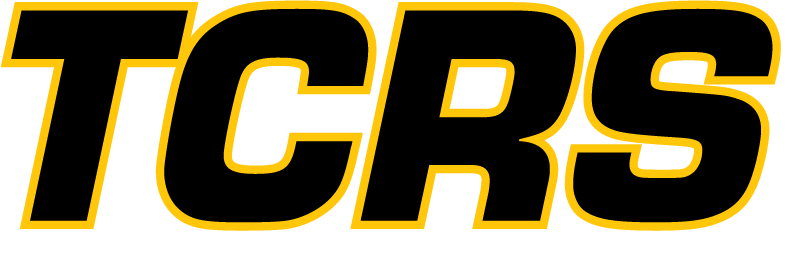Challenges and Solutions in Industrial Temperature Management
Manufacturing requires perfect conditions to provide perfect products. The impact of temperature in manufacturing processes is significant, so it's critical that facilities be able to regulate their heating and cooling. Understanding the industrial temperature challenges and solutions manufacturing operations face makes it easier to solve and identify problems.
This guide will lay out why temperature control is so vital in manufacturing and a few of the common challenges to regulating it effectively. It will also provide information on industrial temperature management solutions and how Temperature Control Rental Services (TCRS) can support manufacturers in securing these resources.
The Importance of Industrial Temperature Management
Maintaining the optimal humidity and temperature in the manufacturing environment plays an important role in the following processes:
Chemical reactions: Precise conditions and temperatures ensure consistent chemical reactions, resulting in higher-quality products.
Storage of raw materials: Most manufacturing processes require raw materials. Storing these materials in the right conditions can greatly affect their quality. Proper temperature and humidity control minimizes the chance of stock spoiling or degrading, reducing waste.
Electronics manufacturing: Temperature variations can have severe effects on electronic components. Excess heat dramatically shortens the life expectancy of parts like semiconductors, increasing the likelihood of premature failure.
Mold and die casting: Many industries, like the automotive and aerospace fields, use mold and die casting to produce their components. Effective casting requires specific temperatures for the material to flow as expected and then set and harden correctly. Even slight temperature changes can result in defective products and higher rejection rates.
Challenges to Maintaining Temperature in Industrial Settings
Temperature control issues are an everyday occurrence in industrial facilities, especially during operations where the proper application of heat or cold plays a critical role in product quality. However, the importance of maintaining an optimal production environment comes with specific difficulties. The following are among the most significant challenges faced in industrial temperature management:
Energy consumption: Temperature control systems require a lot of energy to continually treat air and water. Inefficient designs use more energy and lead to high utility bills while increasing a manufacturing facility's environmental impact. Optimized systems are the best way to balance efficient energy use and consistent temperature control, but achieving and maintaining this balance is a challenge. Variable frequency drives, advanced control algorithms and smart thermostats are a few of the energy-efficient control systems that help facilities maintain their environments while reducing costs and energy consumption.
Temperature variations: Most manufacturing processes involve extreme variations in temperature at different phases of production, some of which must be maintained for sustained periods. For example, the food processing industry commonly uses high-heat processes for cooking to kill bacteria and make foods safe for consumption. Then, the next phase of processing often involves refrigeration or freezing to prevent spoilage during transit.
Environmental considerations: External factors frequently influence temperature management challenges, as seasonal variations and ambient temperature fluctuations can significantly impact the internal temperature conditions of a facility. These factors may seem inconsequential when dealing with the intense temperatures involved in manufacturing, but they can have a major impact on how hard a temperature control system must work to maintain optimal production conditions. Airflow, solar radiation and insulation are also key external factors that may compound the issue.
Regulatory compliance: Some manufacturing facilities must adhere to strict temperature control regulations. For example, the biotechnology and pharmaceutical industries have specific temperature and conditions mandates for processing and storage. Failure to comply with these regulations results in legal consequences, product spoilage and other penalties.
Facility layouts: The layout of a manufacturing facility affects how its temperature control systems work, from different production areas to various storage spaces requiring their own temperatures. Planning a system layout that allows managers to set each section correctly is a large and important obstacle to overcome.
Temperature Management Solutions for Commercial Facilities
Because temperature control plays such a vital role in many manufacturing processes, facilities need reliable resources that can meet their demands even in extreme circumstances. Strategic planning, keeping up to date with industry tech advancements and taking proactive measures are the best ways to find effective solutions.
The following are some of the most useful resources for achieving effective temperature management in manufacturing:
Smart compliance solutions: Optimizing your temperature control systems and choosing designs with built-in compliance features is important for meeting regulatory requirements. Alarms and remote monitoring features are excellent tools for ensuring temperatures in a given zone remain within their established parameters, allowing facilities to verify compliance while minimizing risk.
Zoned temperature control: Zoned temperature control involves dividing a facility into different sections, making it easier to customize temperature conditions and settings in specific areas. These systems specialize in providing targeted temperature control, which improves energy efficiency, reduces costs and contributes to better product quality. If you're facing temperature issues that stem from the layout of your facility, a zoned control system is perhaps the best solution.
Environmental monitoring: Environmental monitoring is a valuable tool that helps manufacturers measure the impact of the external factors affecting temperature control. These systems provide real-time data on solar radiation, humidity and airflow, allowing facility managers to make informed decisions if any response is necessary. For example, you might rent an industrial chiller to provide supplemental cooling and prevent heat-related issues during an unseasonably warm week.
Energy-efficient equipment: Upgrading a system's temperature control technology is the ideal way to improve energy efficiency. New technology is much more efficient with how it uses energy, often achieving the same or even better results while using fewer resources. Efficient HVAC systems, tools like smart thermostats and enhanced insulation represent excellent investments in upgrading a temperature control setup.
Automation: Automated systems provide real-time monitoring and adjust their output automatically to ensure manufacturing processes and environments have the temperature control they need to deliver excellent performance and product quality. They can also inform the relevant party when they need predictive maintenance, promoting a longer service life for your equipment investment and minimizing the risk of failure and downtime.
Find the Temperature Management Solutions You Need With TCRS
At Temperature Control Rental Services (TCRS), we allow manufacturers to rent the industrial-grade equipment they need to maintain the optimal conditions for their facilities. We have rentals ranging from cooling towers and heat exchangers to air conditioners and handlers, and our skilled team is always happy to provide insight on the optimal setup for peak performance.
When you need supplemental heating or cooling equipment to keep your manufacturing facility at its best, TCRS is here to help. Contact us online to discuss your rental requirements with one of our industry experts. We'll take the time to learn about your operation and ensure you have everything you need.




